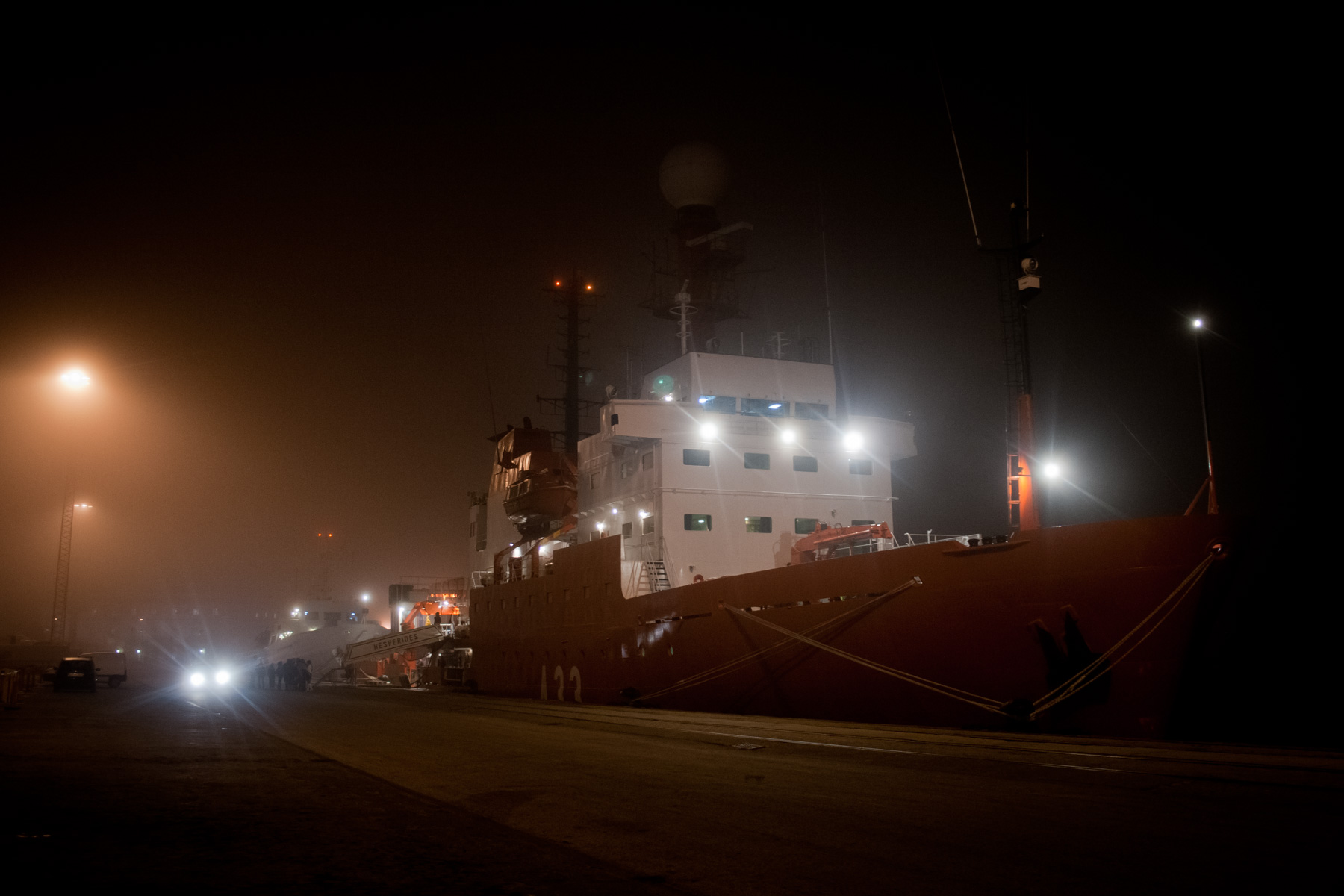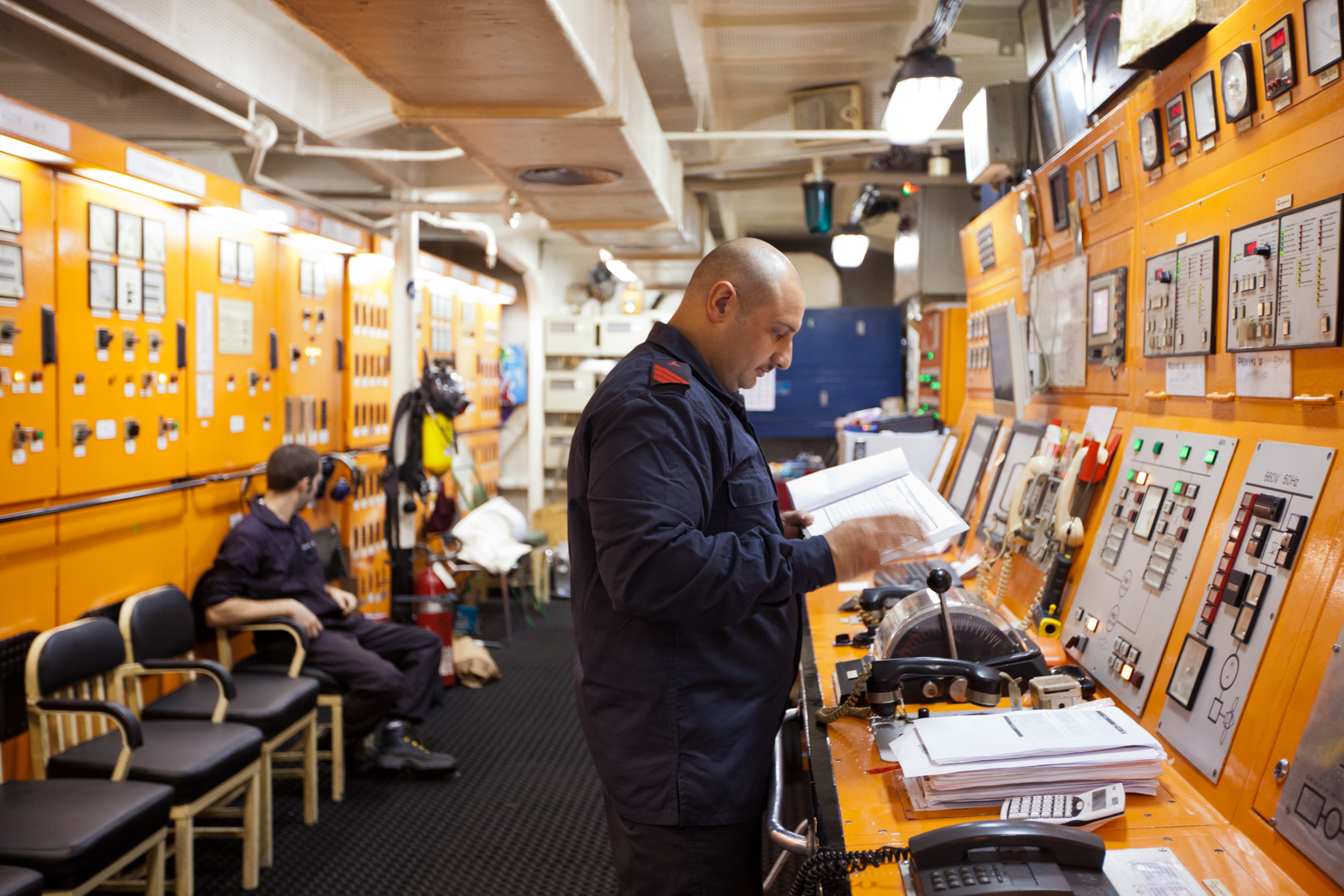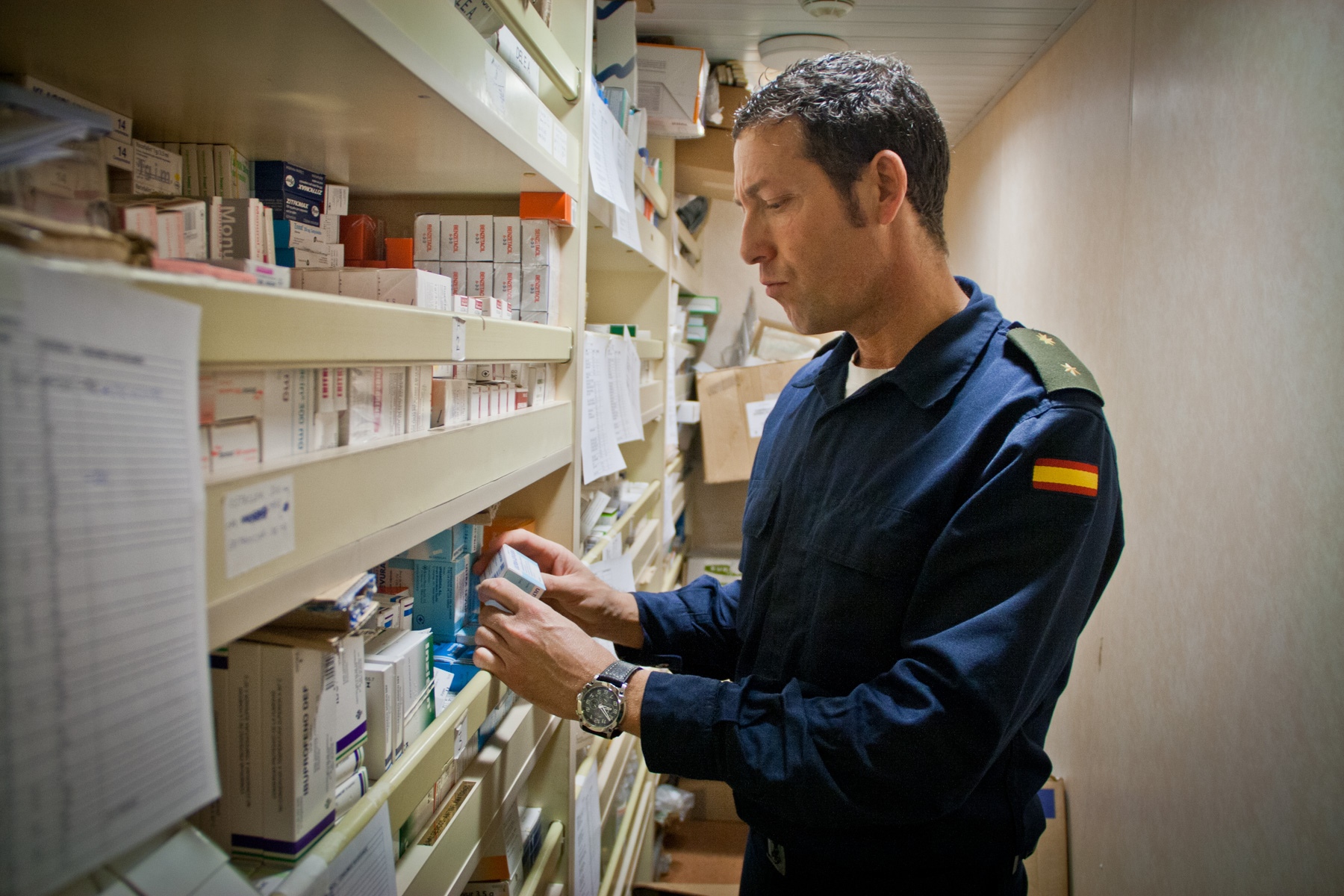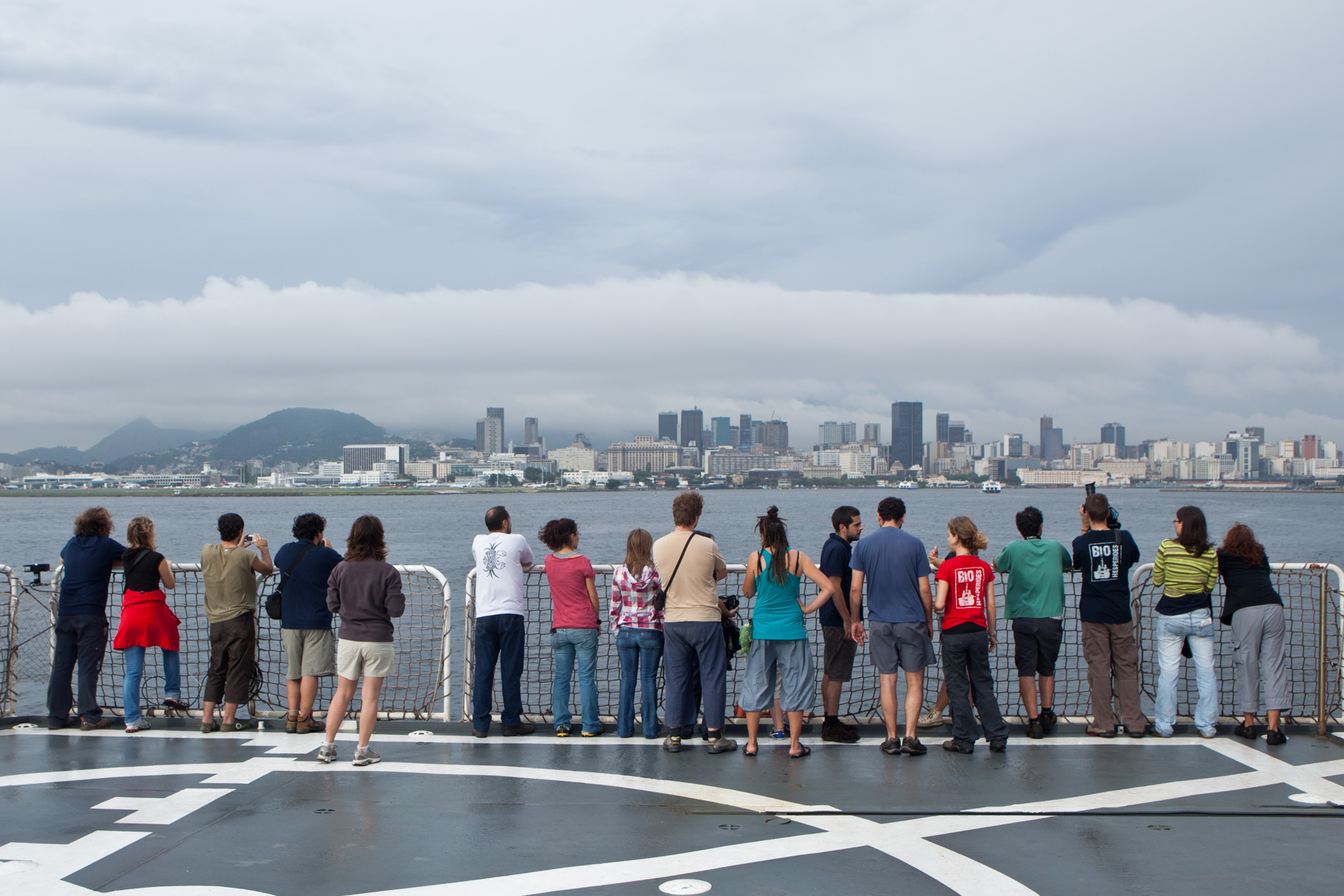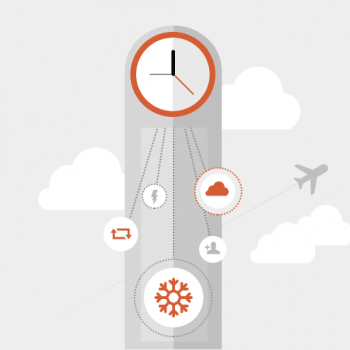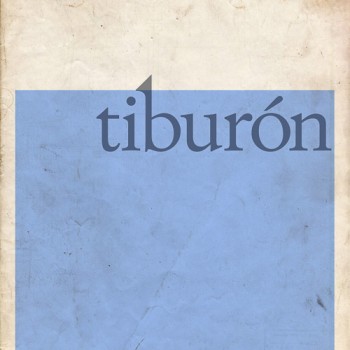Departure from Spain. The Hespérides spends the night in Cádiz the day before leaving. The bridge is the room from which the Hespérides is commanded. Although GPS and other modern technologies are currently used to navigate, some manoeuvres are still drawn by hand (such as the departure). The engine room gets its orders directly from the bridge. This is the heart of the vessel: where every movement is born. The Hespérides begins its journey. A pale orange dot… in the middle of the Atlantic Ocean. Everyday work starts at the deck, where scientist collect water and microorganisms from the ocean. Scientists say “bonvoyage” to a robotic buoy that will take temperature and salinity measure during the next months. The rosette can carry 24 niskin bottles 4000 meters bellow the ocean surface. Each bottle captures water samples at different depths. Water taken from the deepest ocean is always so cold… Collected samples are processed at the Hesperides laboratories. A huge collection of samples and ocean data was gathered during the Expedition. It is called “The Malaspina Legacy” and part of it will be preserved during 30 years awaiting future generations of scientists. Young scientist comment on their work’s results and plan for the next day. Under the laboratories, in the warehouse, there’s enough food to mantain 100 people during a whole month. The crew also packed some Christmas ornaments to feel less homesick during December. A doctor, with his own pharmacy and surgery room travels in the Hespérides. There’s also time for leisure on board. A biologist holds a flying fish that accidentally fell on the deck. It is a Seafaring tradition to celebrate the Ecuator crossing with a “baptism” ceremony, where some crew members dress up as Neptune and his court. The Hespérides goes through a storm short before its arrival in Brasil. And beyond the waves: earth, again. The Hespérides rests in Rio, awaiting its next destination.
Invited photographer and blogger at Malaspina Expedition
Malaspina Expedition left from Cadiz in December 2010. Its main goal was to study the effect of global change on the word's oceans. Inspired by Alejandro Malaspina's 18th century expedition, a group of 100 Spanish scientists & marines sailed around the world on board the research vessel Hesperides for 7 months. This is the story of the first leg of that long adventure. From Cádiz to Río de Janeiro.
- Client:
- Categories:
- Skills:
- Project Url:
- Share:

